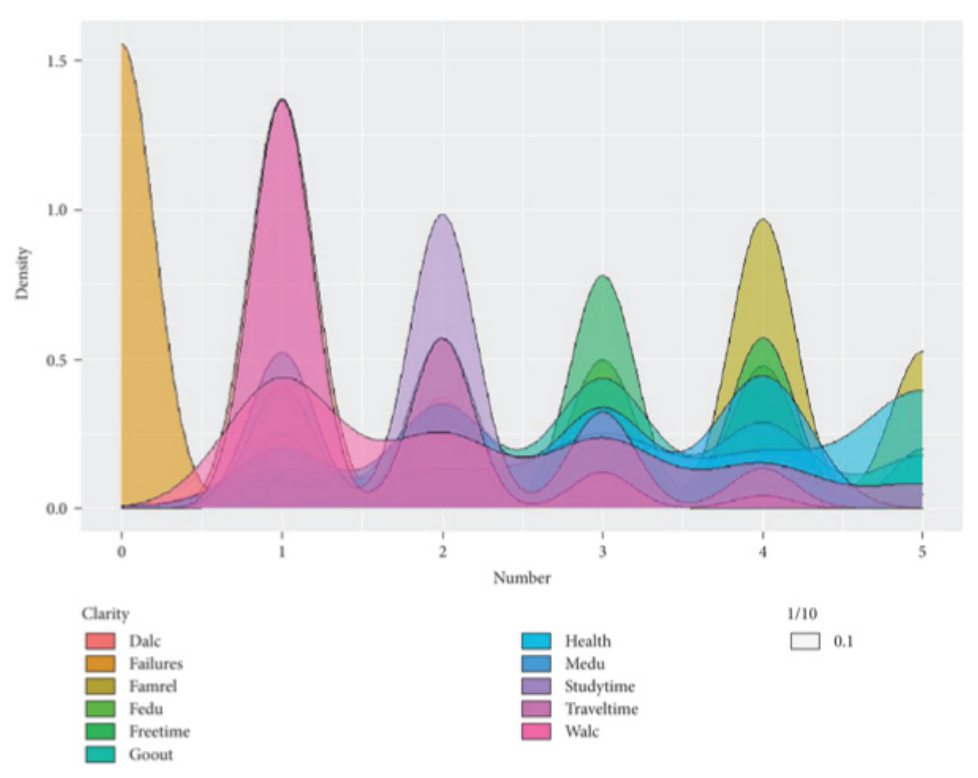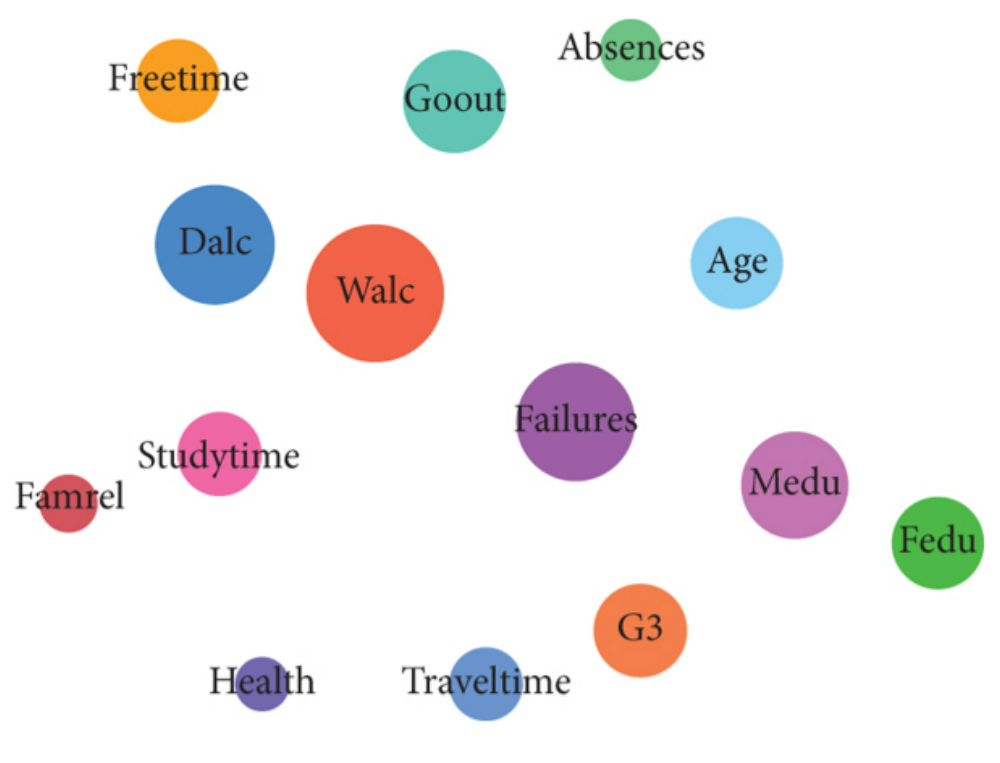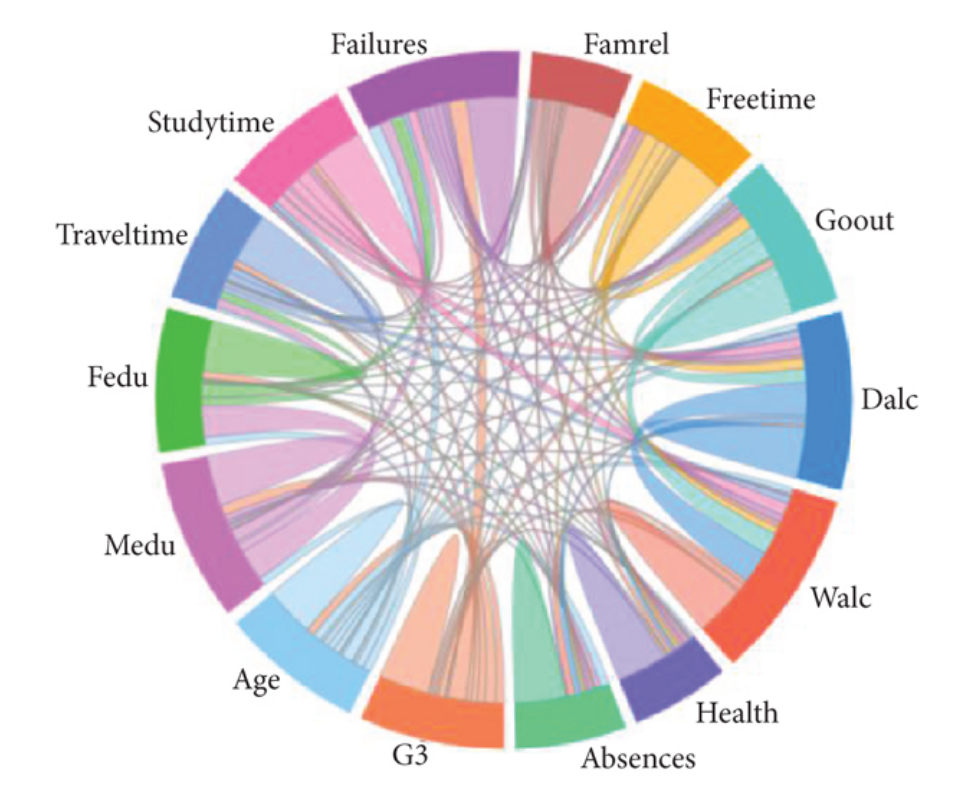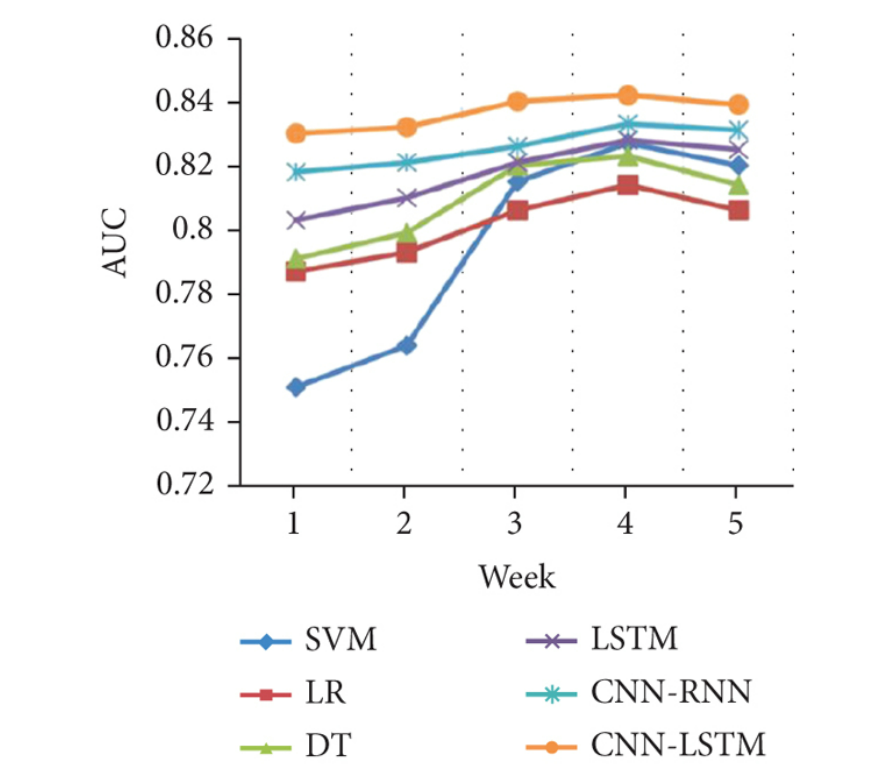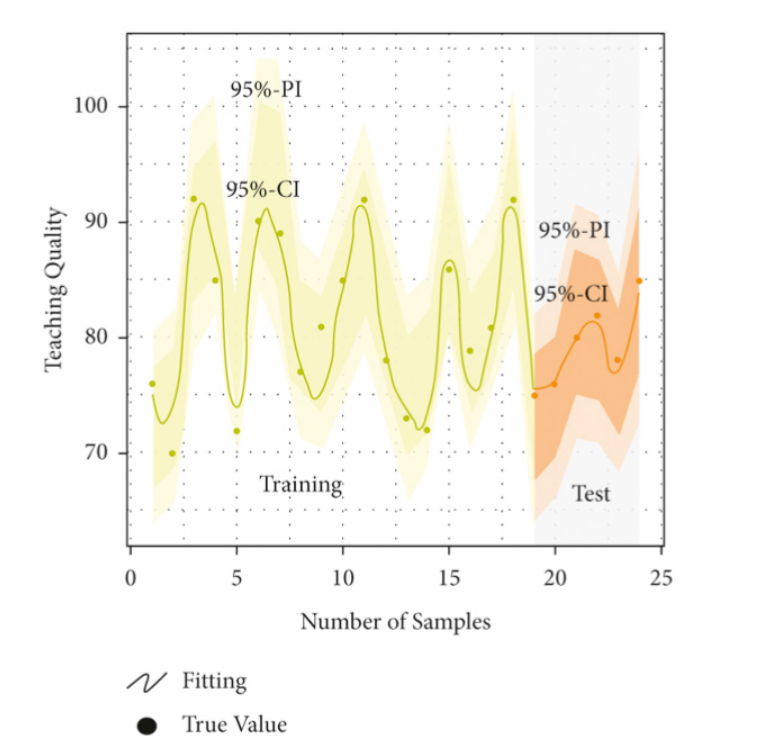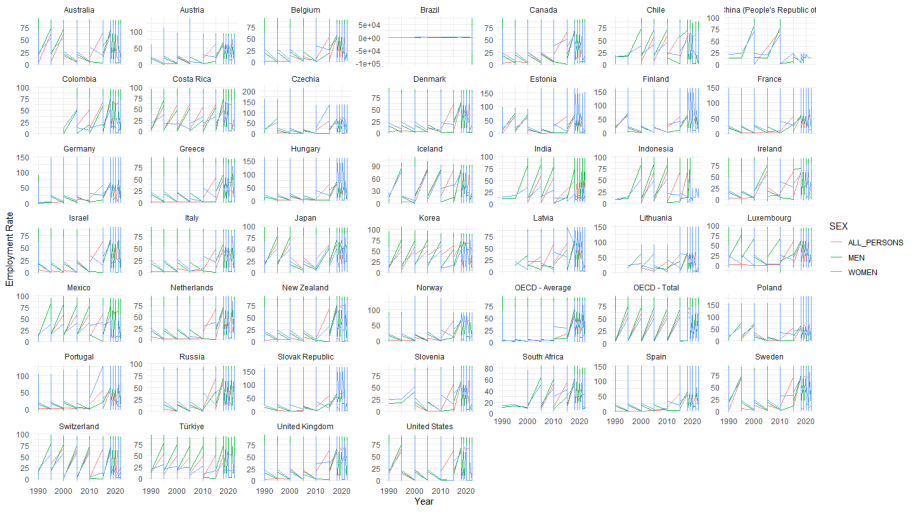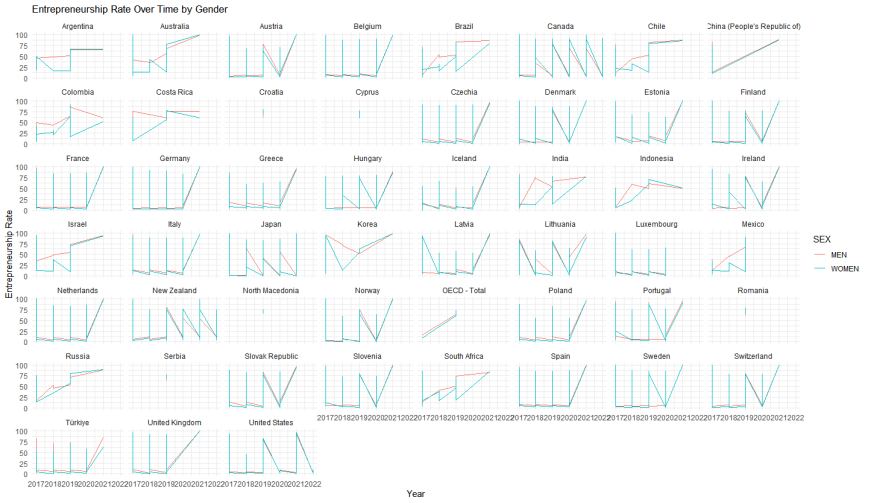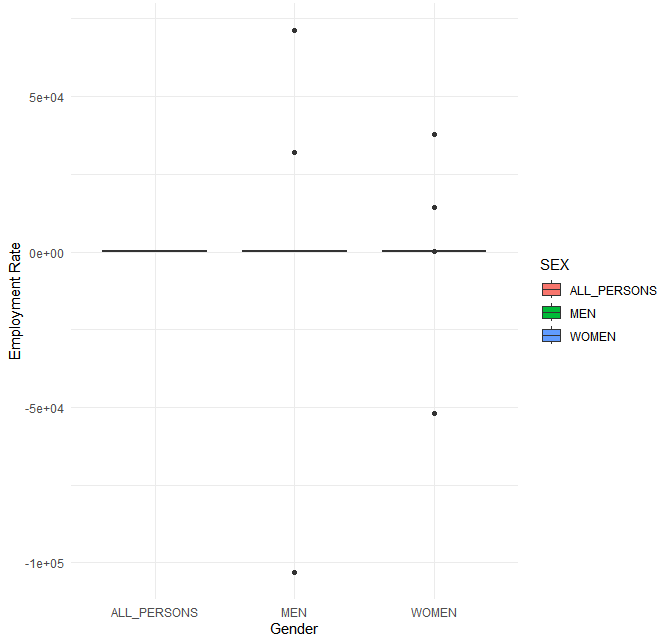 An open access journal
An open access journal
Gender Disparities in Employment and Entrepreneurship: A Preliminary Empirical Analysis of Social Structures and Institutional Influences: Based on Panel Data from 50 Countries
Abstract
This study investigates gender disparities in employment and entrepreneurship by conducting a preliminary empirical analysis based on panel data from 50 countries spanning from 1990 to 2022. By leveraging descriptive statistics and boxplot visualizations, we examine the differences in employment and entrepreneurship rates between men and women. The findings reveal significant gender disparities in both domains, influenced by various social structures and institutional factors. In the entrepreneurship domain, women exhibit higher variability in entrepreneurship rates compared to men, with median rates slightly higher for women. This suggests that women face both more opportunities and challenges in entrepreneurship. Notably, countries like China and Brazil show significant improvements in female entrepreneurship rates in recent years, indicating positive impacts from supportive policies and economic environments. In the employment domain, the data reveals the presence of extreme values that affect overall distribution readability. After excluding outliers, gender differences in employment rates become clearer. The analysis indicates that while many countries show minimal gender differences in employment rates, others, such as India and South Korea, display significant disparities favoring men. The study underscores the importance of gender-sensitive policies to reduce disparities and enhance equality in employment and entrepreneurship. It also highlights the need for further research to explore the underlying social, economic, and institutional factors contributing to these gender differences.
Show Figures
Share and Cite
Article Metrics
References
- International Labour Organization (ILO). Global Wage Report 2020-21. Geneva: ILO, 2021.
- Blau, F. D., & Kahn, L. M. (2017). The Gender Wage Gap: Extent, Trends, and Explanations. Journal of Economic Literature, 55(3), 789-865.
- Goldin, C. (2014). A Grand Gender Convergence: Its Last Chapter. American Economic Review, 104(4), 1091-1119.
- Bertrand, M., Goldin, C., & Katz, L. F. (2010). Dynamics of the Gender Gap for Young Professionals in the Financial and Corporate Sectors. American Economic Journal: Applied Economics, 2(3), 228-255.
- McKinsey & Company. Women in the Workplace 2020. New York: McKinsey & Company, 2020.
- Catalyst. Women CEOs of the S&P 500. Catalyst, 2021.
- Ely, R. J., Ibarra, H., & Kolb, D. M. (2011). Taking Gender Into Account: Theory and Design for Women's Leadership Development Programs. Academy of Management Learning & Education, 10(3), 474-493.
- Williams, J. C., Phillips, K. W., & Hall, E. V. (2016). Double Jeopardy? Gender Bias Against Women of Color in Science. WorkLife Law, UC Hastings College of the Law.
- England, P. (2010). The Gender Revolution: Uneven and Stalled. Gender & Society, 24(2), 149-166.
- Gornick, J. C., & Meyers, M. K. (2003). Families That Work: Policies for Reconciling Parenthood and Employment. New York: Russell Sage Foundation.
- Reskin, B. F., & Bielby, W. T. (2005). A Sociological Perspective on Gender and Career Outcomes. Journal of Economic Perspectives, 19(1), 71-86.
- Cortina, L. M. (2008). Unseen Injustice: Incivility as Modern Discrimination in Organizations. Academy of Management Review, 33(1), 55-75.
- Budig, M. J., & England, P. (2001). The Wage Penalty for Motherhood. American Sociological Review, 66(2), 204-225.
- Hakim, C. (2000). Work-Lifestyle Choices in the 21st Century: Preference Theory. Oxford: Oxford University Press.
- Bianchi, S. M., & Milkie, M. A. (2010). Work and Family Research in the First Decade of the 21st Century. Journal of Marriage and Family, 72(3), 705-725.
- Kelley, D. J., Singer, S., & Herrington, M. (2016). Global Entrepreneurship Monitor 2015/16 Global Report. Global Entrepreneurship Research Association.
- Coleman, S., & Robb, A. (2012). A Rising Tide: Financing Strategies for Women-Owned Firms. Stanford, CA: Stanford University Press.
- Brush, C. G., Carter, N. M., Greene, P. G., Gatewood, E. J., & Hart, M. M. (2006). Women and Entrepreneurship: Contemporary Classics. Northampton, MA: Edward Elgar Publishing.
- Global Entrepreneurship Monitor (GEM). Women's Entrepreneurship 2018/2019 Report. Global Entrepreneurship Research Association, 2019.
- Fairlie, R. W., & Robb, A. M. (2009). Gender Differences in Business Performance: Evidence from the Characteristics of Business Owners Survey. Small Business Economics, 33(4), 375-395.
- Cliff, J. E. (1998). Does One Size Fit All? Exploring the Relationship Between Attitudes Towards Growth, Gender, and Business Size. Journal of Business Venturing, 13(6), 523-542.
- Carter, S., & Shaw, E. (2006). Women's Business Ownership: Recent Research and Policy Developments. London: Small Business Service.
- Loscocco, K. A., & Bird, S. R. (2012). Gendered Paths: Why Women Lag Behind Men in Small Business Success. Work and Occupations, 39(2), 183-219.
- Aldrich, H., & Cliff, J. E. (2003). The Pervasive Effects of Family on Entrepreneurship: Toward a Family Embeddedness Perspective. Journal of Business Venturing, 18(5), 573-596.
- Eddleston, K. A., & Powell, G. N. (2008). The Role of Gender Identity in Explaining Sex Differences in Business Owners' Career Satisfier Preferences. Journal of Business Venturing, 23(2), 244-256.
- Powell, G. N., & Eddleston, K. A. (2013). Linking Family-to-Business Enrichment and Support to Entrepreneurial Success: Do Female and Male Entrepreneurs Experience Different Outcomes? Journal of Business Venturing, 28(2), 261-280.
- Jennings, J. E., & Brush, C. G. (2013). Research on Women Entrepreneurs: Challenges to (and from) the Broader Entrepreneurship Literature? Academy of Management Annals, 7(1), 663-715.
- Carter, N. M., & Allen, K. R. (1997). Size Determinants of Women-Owned Businesses: Choice or Barriers to Resources? Entrepreneurship and Regional Development, 9(3), 211-220.
- Jamali, D. (2009). Constraints and Opportunities Facing Women Entrepreneurs in Developing Countries: A Relational Perspective. Gender in Management: An International Journal, 24(4), 232-251.
- DeTienne, D. R., & Chandler, G. N. (2007). The Role of Gender in Opportunity Identification. Entrepreneurship Theory and Practice, 31(3), 365-386.
- Gupta, V. K., Turban, D. B., Wasti, S. A., & Sikdar, A. (2009). The Role of Gender Stereotypes in Perceptions of Entrepreneurs and Intentions to Become an Entrepreneur. Entrepreneurship Theory and Practice, 33(2), 397-417.
- Davidsson, P., & Honig, B. (2003). The Role of Social and Human Capital Among Nascent Entrepreneurs. Journal of Business Venturing, 18(3), 301-331.
- Sullivan, D. M., & Meek, W. R. (2012). Gender and Entrepreneurship: A Review and Process Model. Journal of Managerial Psychology, 27(5), 428-458.
- Heilman, M. E., & Chen, J. J. (2003). Entrepreneurship as a Solution: The Allure of Self-Employment for Women and Minorities. Human Resource Management Review, 13(2), 347-364.
- Brush, C. G., & Cooper, S. Y. (2012). Female Entrepreneurship and Economic Development: An International Perspective. Entrepreneurship & Regional Development, 24(1-2), 1-6.
- Welter, F. (2011). Contextualizing Entrepreneurship: Conceptual Challenges and Ways Forward. Entrepreneurship Theory and Practice, 35(1), 165-184.
- Bird, S. R., & Sapp, S. G. (2004). Understanding the Gender Gap in Small Business Success: Urban and Rural Comparisons. Gender & Society, 18(1), 5-28.
- Coleman, S. (2007). The Role of Human and Financial Capital in the Profitability and Growth of Women-Owned Small Firms. Journal of Small Business Management, 45(3), 303-319.
- Boden, R. J., & Nucci, A. R. (2000). On the Survival Prospects of Men's and Women's New Business Ventures. Journal of Business Venturing, 15(4), 347-362.
- Kalleberg, A. L., & Leicht, K. T. (1991). Gender and Organizational Performance: Determinants of Small Business Survival and Success. Academy of Management Journal, 34(1), 136-161.
- Danes, S. M., Lee, J., Stafford, K., & Heck, R. K. (2008). The Effects of Ethnicity, Families, and Culture on Entrepreneurial Experience: An Extension of Sustainable Family Business Theory. Journal of Developmental Entrepreneurship, 13(3), 229-268.
- Shane, S. (2003). A General Theory of Entrepreneurship: The Individual-Opportunity Nexus. Cheltenham, UK: Edward Elgar Publishing.
- Verheul, I., & Thurik, R. (2001). Start-Up Capital: Differences Between Male and Female Entrepreneurs: Does Gender Matter? Small Business Economics, 16(4), 329-346.
- Shinnar, R. S., Giacomin, O., & Janssen, F. (2012). Entrepreneurial Perceptions and Intentions: The Role of Gender and Culture. Entrepreneurship Theory and Practice, 36(3), 465-493.
- Moore, D. P., & Buttner, E. H. (1997). Women Entrepreneurs: Moving Beyond the Glass Ceiling. Thousand Oaks, CA: Sage Publications.

